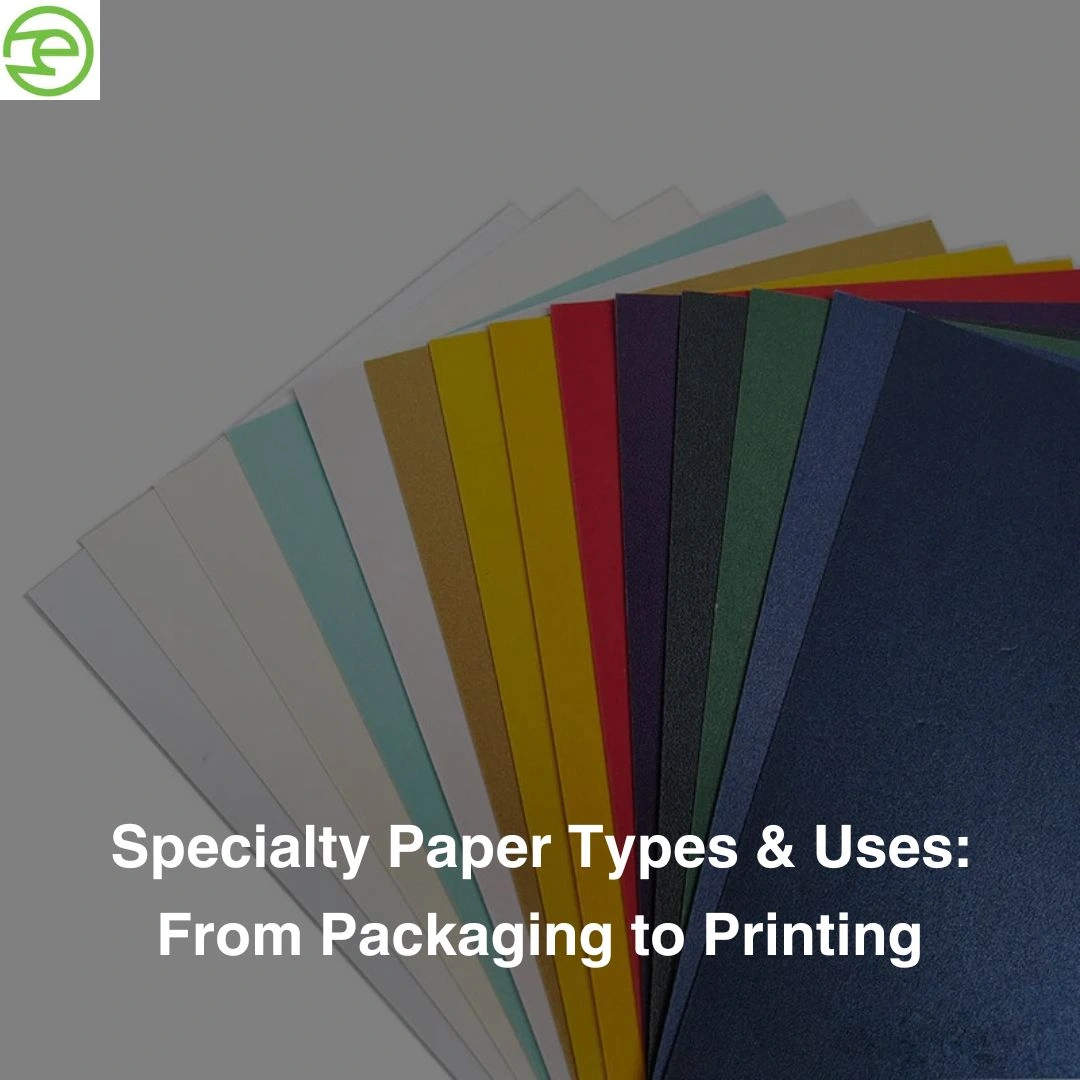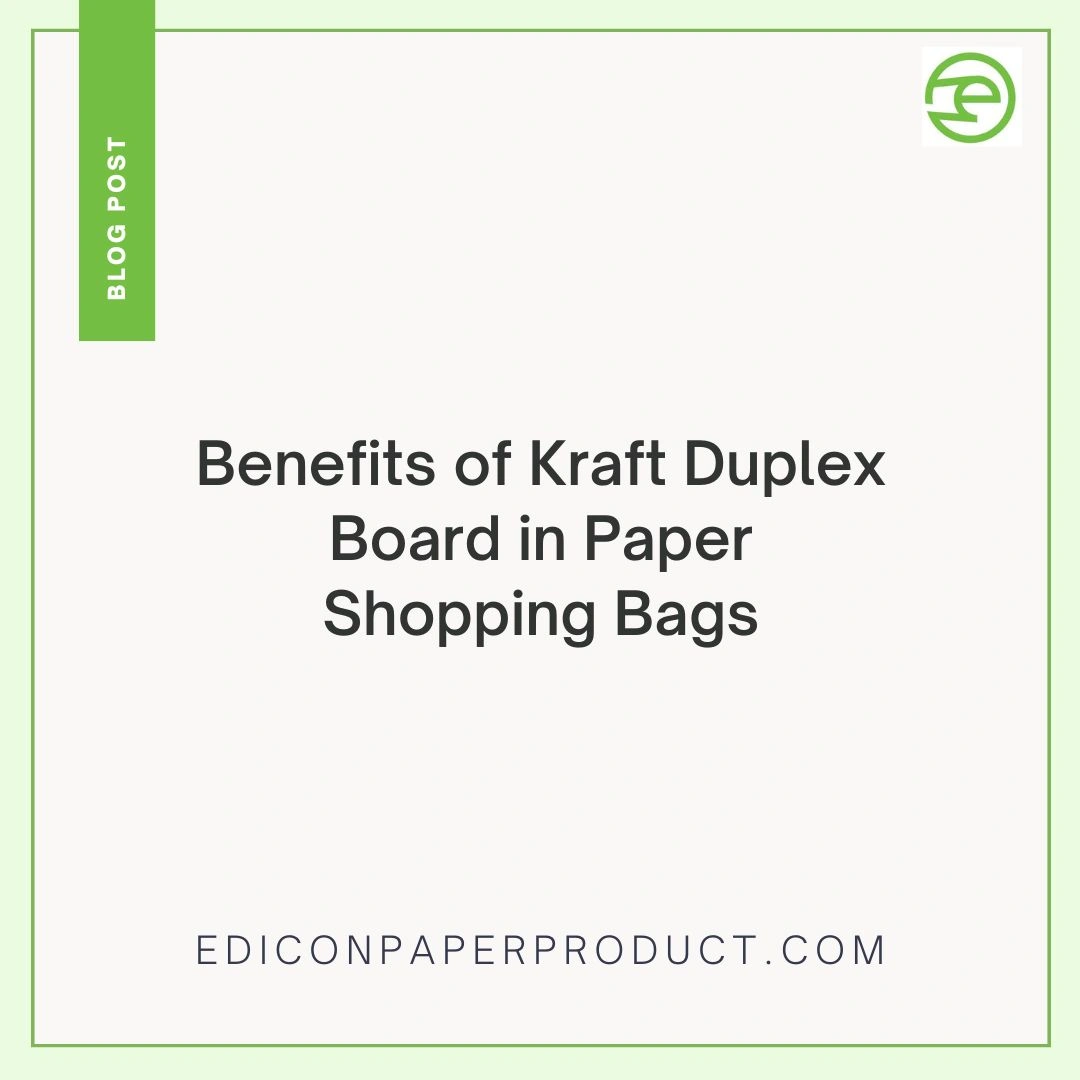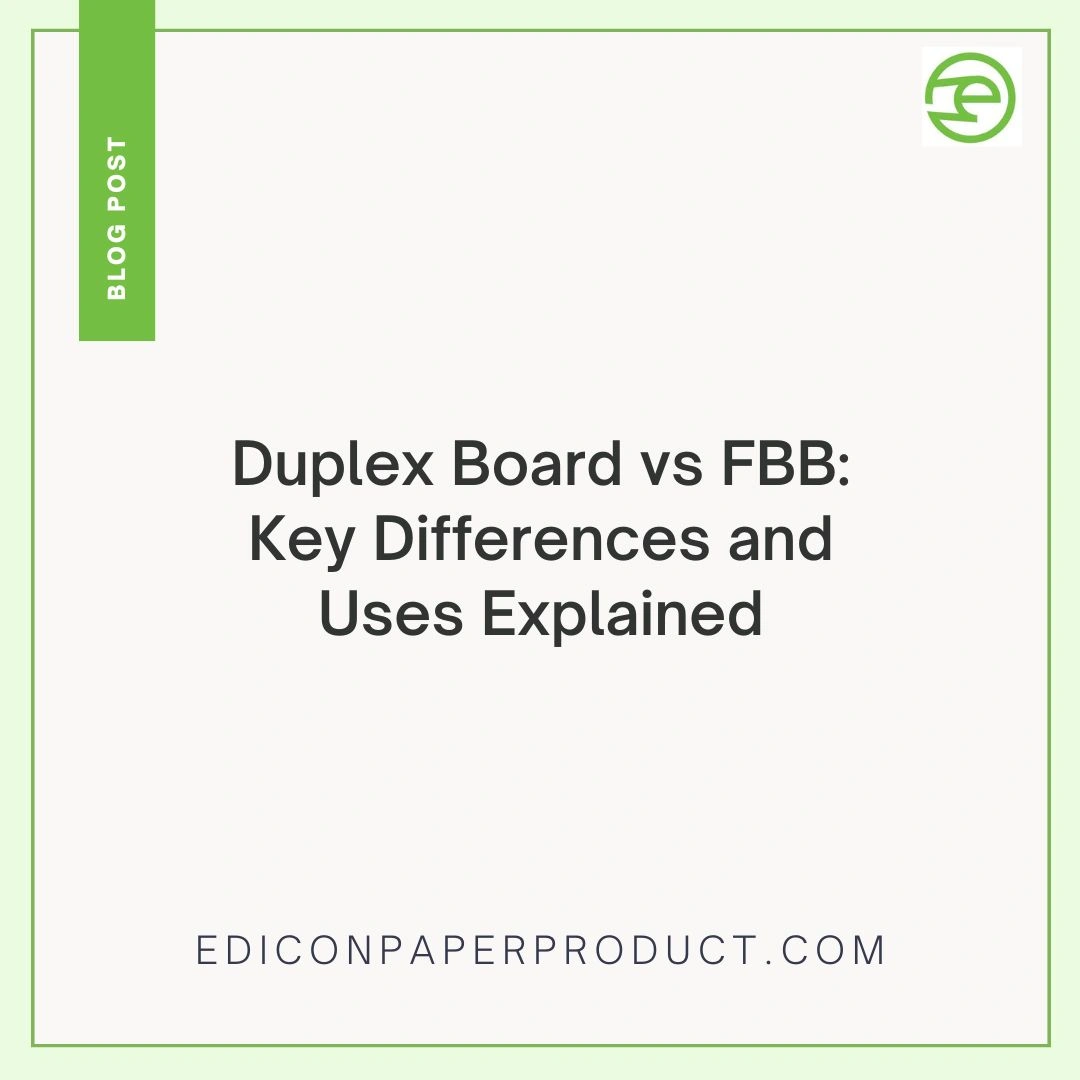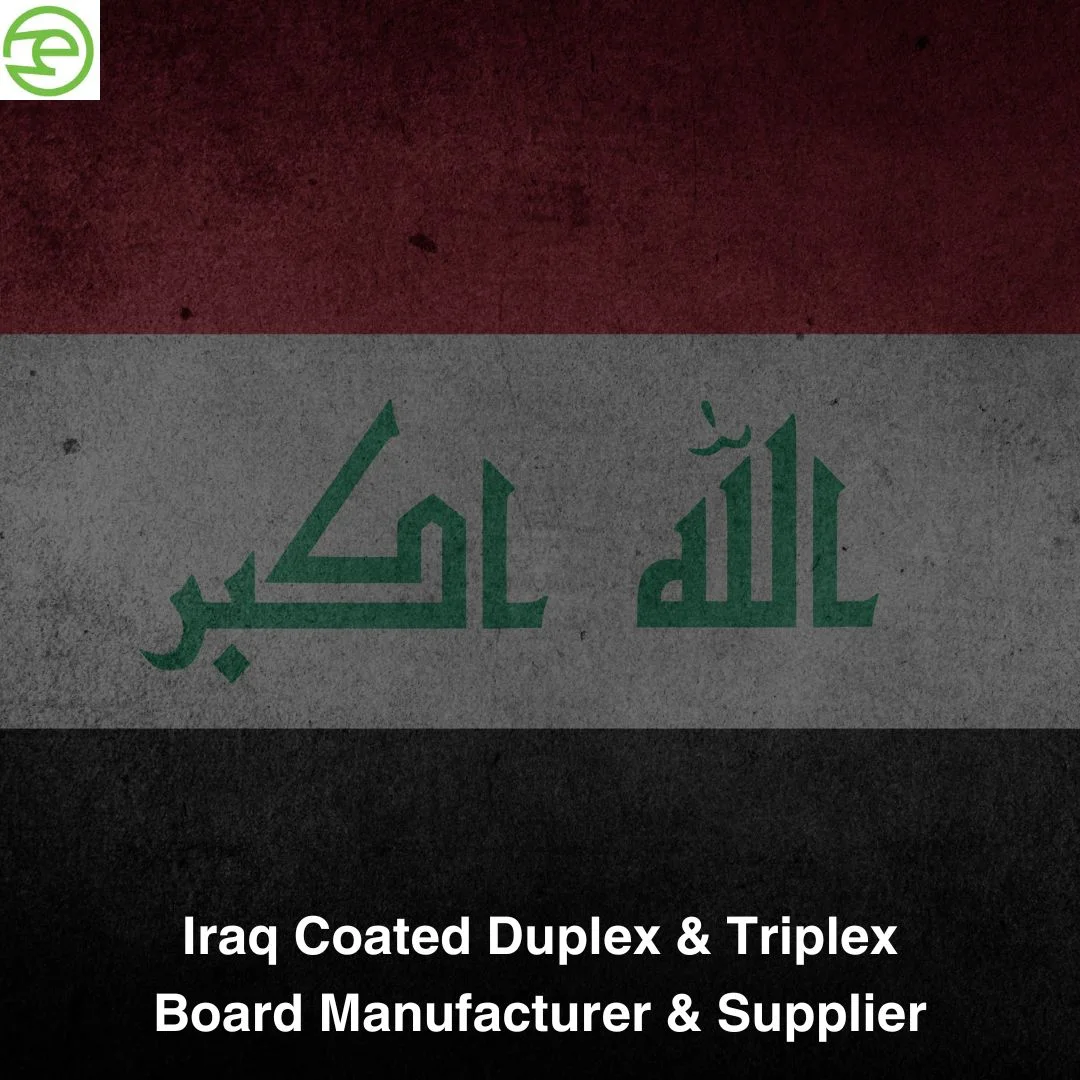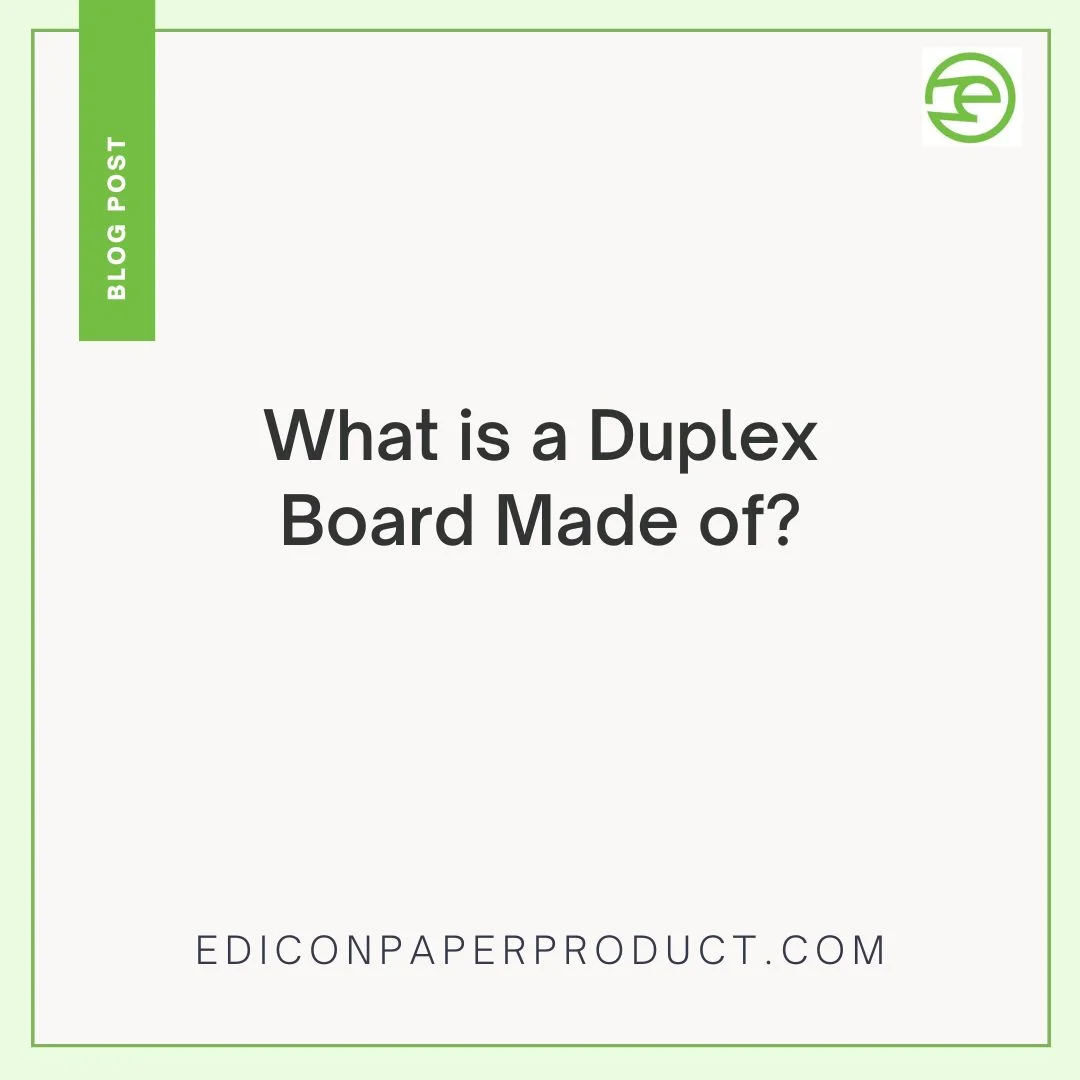Specialty Paper Types & Uses: From Packaging to Printing
Also known as specialty textures, finishes, and functionalities, specialty paper has gained immense popularity across different industries. From luxury packaging to high-quality printing, specialty paper transforms the product, enhancing its appearance and performance. This guide will look into the different types of specialty paper, their properties, and the specific uses they are best suited for. Whatever your business level - printing, packaging, or the creative industries - this article will provide insights on specialty papers and their respective benefits.
What Is a Specialty Paper?
Specialty papers are distinguished from standard kinds of paper in the merit that they are given special coating, texture, or finish, which makes them more resistant, customizable, or aesthetically visual. They often get ordered for a two-fold mission: both aesthetic value and functional benefit and often used for their elevated appeal to a brand or as a unique touch applied to printed pieces.
Why Specialty Papers?
It is, in fact, not just because specialty papers are known to be strong and customizable but also due to that luxurious feel and look. In truth, specialty papers are most preferably applied in sectors where presentation is made, such as luxury packaging, professional printing, and branding materials. Most importantly, specialty papers come with eco-friendly alternatives, ideal for those brands that value environmental sustainability.
Specialty Paper Types & Uses:
1. Coated Paper
![]()
Features: Coated paper is coated with a gloss, matte, or silk finish that sharpens colors and print quality. Its smooth surface makes it suitable for high-resolution graphics and vibrant images.
Uses: Brochures, Magazines, Premium packaging, Catalogs
Benefits: Provides a professional finish, extra strength, and water resistance
2. Kraft Paper
![]()
Features: Kraft paper is rough but eco-friendly, meaning it has a pretty earthy finish. It is mostly made from unbleached wood pulp and is very strong and biodegradable.
Uses: Packaging materials, Wrapping papers, Craft projects, E-commerce and shipping bags
Benefits: Ideal for brands that are sustainable; perfect for earthy, organic branding.
3. Textured Paper
![]()
Features: Textured paper gives unique surfaces like embossed, linen, or laid patterns that heighten the third and tactile appeal. It is also highly preferred for luxury printing due to its premium feel.
Uses: Wedding invitations, Business cards, Gift packaging, Brochures and stationery
Benefits: Textured paper adds visual depth, a premium feel, durability, and versatility, making it ideal for stationery, packaging, and design projects.
4. Metallic Paper
![]()
Features: Metallic paper has the metallic appearance which gives it a rich look. The metallic luster in thousands of colors can give a wealthy look to any packaging or printed product.
Uses: Greeting cards, High-end packaging, Business cards, Event invitations
Benefits: Draws attention and enriches brand value for premium products.
5. Duplex Paper
![]()
Features: Duplex paper has two opposite sides with different textures or colors. The creative design can take advantage of both sides. It is very commonly used for high-end packaging if the durability aspect as well as the aesthetic design play important roles.
Uses: Custom gift boxes, Food packaging, Product labels
Benefits: Offers the creative expression of a design through its two-sided feature, allowing it to be distinctly identified by brands.
6. Card Stock
![]()
Features: Card stock is heavier and stiffer than regular paper. It's durable and often used for those projects that require more durability. It tolerates high-quality print and is easy to manage.
Uses: Greeting cards, Invitations, Business cards, Postcards
Benefits: Durable and versatile, it is suitable for projects that really require stability and finish.
7. Recycled Paper
![]()
Features: Recycled paper from post-consumer waste supports green practice. It has numerous textures and finishes suitable for brands that seek to promote the cause of sustainability.
Uses: Packaging, Stationery, Eco-friendly promotional materials
Benefits: This item reduces environmental impact and appeals to the conscience of eco-friendly customers.
8. Thermal Paper
![]()
Features: The special layer with heat sensitivity makes an image appear without any ink. It is used for receipts, tickets, as well as labels.
Uses: Receipts, Shipping labels, Parking tickets, Event tickets
Benefits: Cost-effective and efficient; commonly used in retail and logistics industries.
9. Book Paper
![]()
Features: Book paper, also known as publishing paper, is lightweight and designed to be easy on the eyes. It’s durable and resists yellowing over time, making it suitable for printed texts that require longevity.
Uses: Novels, Textbooks, Magazines, Journals
Benefits: Provides a smooth reading experience and is optimized for long-lasting print quality.
10. Tissue Paper
![]()
Features: Tissue paper is thin, lightweight, and often semi-transparent. It is used as a delicate wrapping material or for adding a decorative touch to packaging.
Uses: Gift wrapping, Packaging, Crafts and art projects
Benefits: Adds elegance to packaging, protecting delicate items while offering a soft texture and transparency.
11. Inkjet Paper
![]()
Features: Coated for the effective absorbing of ink from inkjet printers for delivering clear and crisp images and text. It is available in different finishes, including glossy and matte.
Uses: Document printing, Flyers, Posters, Brochures
Benefits: Optimized for high-resolution inkjet printing; supports sharp, vibrant prints with minimal bleeding.
12. Photo Paper
![]()
Features: Photo paper has a glossy or semi-gloss finish, designed to bring out the best in photographic prints. It is coated to enhance color saturation and provide excellent image clarity.
Uses: Photographs, Art prints, Posters
Benefits: Provides a high-quality finish that enhances images with brilliant color accuracy and contrast.
13. Art Paper
![]()
Features: The surface of the paper is mainly either smooth or rougher that is good for a painting art medium like watercolors, charcoal, and pastel among others. They also have different thicknesses for various techniques.
Uses: Paintings, Sketches, Charcoal drawings
Benefits: It has specialized usage in art, providing the correct texture and absorbency for the various media that enhance the quality of artwork.
14. Carbon Paper
![]()
Features: Carbon paper is a thin sheet coated with a layer of carbon or ink on one side. They are used for making duplicate copies of handwriting or typed documents by transferring the ink from one page to another.
Uses: Document duplication, Receipts, Forms
Benefits: Convenient and efficient for creating instant duplicates without a printer or copier.
15. Carbonless Paper
![]()
Features: Carbonless paper, or NCR paper, makes it easier to remove the carbon sheets since it is able to reproduce text and images through a reaction to pressure. It is mainly used in forms and multi-part documents.
Uses: Invoices, Receipts, Work orders
Benefits: This provides easy duplication without the mess of carbon, making it perfect for businesses requiring fast, duplicate records.
Paper Tips: How to Choose the Right Paper
Paper choice depends on the requirements of the project and desired aesthetic and durability needed. Some of these factors include;
• Purpose of Use: The use can be art, print, packaging, or specific projects where paper will be applied. For instance, art paper will require a paper that is textured while printing usually applies coated or uncoated paper.
• Weight and Thickness: Some papers are very heavy for printing durable applications like packaging, whereas lighter ones would be more appropriate for internal documents.
• Finish and Texture: A shiny finish, matte, or a textured finish makes all the difference in the way and feel of a document. Choose a finish that would best suit the style and presentation of a project.
• Environmental Impact: While taking green projects, paper is preferred to be of recycled content or from renewable sources such as cotton or Kraft paper.
• Print Quality Requirements: For High Resolution Prints: Papers used for inkjet or digital printing. Specialty photo and inkjet papers are printed to highlight the vivid intensity and also high clarity.
Edicon Paper: Best Paper Manufacturer and Supplier in India
Edicon Paper is the premium specialty paper Manufacturing and supplying company in India. The company specializes in quality and innovation, catering to all needs of industries with diversified specialty papers-from eco-friendly high-end papers or even packaging solutions.
Why Choose Edicon Paper Products?
• High-Quality Materials: Edicon always uses premium-quality raw material which ensures durability, aesthetic appeal, as well as performance.
• Wide Range of Specialty Papers: They hold a huge inventory, which encompasses Kraft paper, Duplex Paper, Triplex paper, Coated Paper, and more.
• Eco-Friendly Options: Edicon asserts its concern for the environment and also offers them recyclable paper sets and 'green products'.
• Customization and Bulk Orders: Edicon specializes, especially in orders wherein you would require customized needs for your project.
• Trusted by Industry Leaders: Consistency and quality have, for many years, identified the Edicon Paper brand with leading lights in retail, art, packaging, education, and much more.
Edicon Paper provides all materials required to build up a project into something extraordinary, be it big or small, for the businesses and individuals seeking specialty papers of the finest quality.
Conclusion
Speciality papers are seriously important for several industries that relate to packaging and printing, creative arts, and even offices. There is any specialty paper being used in the production of high-quality prints, protective packaging, or artistic use that brings forward unique qualities augmenting functionality and aesthetics alike. The knowledge of many properties and uses of specialty papers helps businesses and artists decide which sort of material to choose in order to meet their requirements, ensuring excellent performance in addition to visual appeal. Specialty papers are part of the increasing growth in the demand for environmentally friendly and customized paper solutions. They offer innovative possibilities for industries requiring versatile and impactful materials.

